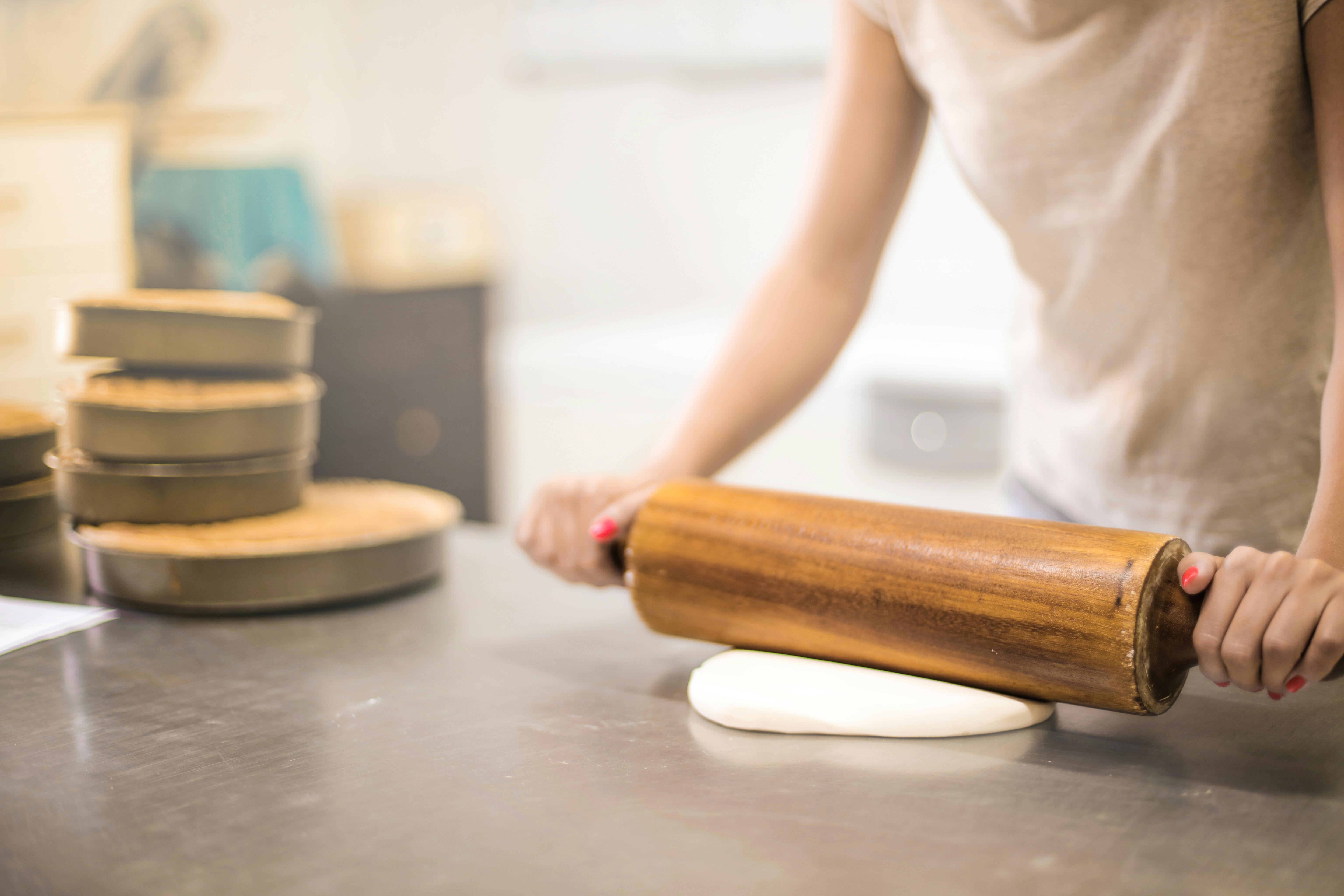Smart Ways to Keep Strawberries Fresh Longer in 2025
Strawberries are aromatic, sweet, and packed with nutrients, making them a favorite fruit for many. However, maintaining their freshness can often be tricky. With the right techniques, you can extend strawberry longevity and reduce spoilage, allowing you to enjoy this delicious fruit longer. In this article, we will delve into various methods on how to keep strawberries fresh, exploring everything from ideal storage conditions to tips for preventing mold. Additionally, we'll provide guidance on washing strawberries before storage and the importance of humidity control. By the end, you’ll have a comprehensive understanding of the best practices for strawberry storage, ensuring your strawberries stay delicious and nutritious even after purchase.
As we move forward, you’ll discover effective techniques for refrigerator storage, vacuum sealing, and even eco-friendly options that can make a significant difference in maintaining strawberry freshness. Get ready to transform how you store strawberries while maximizing their taste and health benefits!
Essential Techniques for Storing Strawberries Correctly
Understanding how to store strawberries correctly forms the foundation for extending their freshness. The journey to preserving strawberries starts with proper handling right after purchase. Strawberries are delicate; mishandling can lead to bruising and quick spoilage. Therefore, it is crucial to handle them gently and remove any signs of spoilage before storage.
Washing Strawberries Before Storage
One common question is whether to wash strawberries before storing them. The answer is nuanced. Washing strawberries can help remove dirt and microorganisms, but it can also introduce moisture, which promotes mold growth. Instead, it is often recommended to wash them just before consumption. If you prefer to wash them beforehand, make sure to dry them thoroughly using a paper towel to reduce moisture content. Remember, the goal is to minimize excess humidity, as high humidity is one of the main culprits for faster spoilage.
Temperature Management for Strawberry Storage
The temperature at which strawberries are stored is crucial for their longevity. Ideally, strawberries should be stored in the refrigerator at a temperature between 32°F and 36°F (0°C to 2°C). This cold environment slows down the ripening process and inhibits the growth of mold. If you store strawberries in the pantry or at room temperature, they may spoil much quicker, reducing their shelf life. Thus, if you want to prevent strawberries from spoiling, refrigerating them is a must.
Humid Conditions and Moisture Control
Strawberries thrive best in moderate humidity, approximately 90% to 95%. This humidity level is crucial for avoiding dehydration while still preventing the growth of mold. When placing strawberries in the refrigerator, use breathable containers like perforated berry crates or bowls lined with a paper towel to absorb excess moisture. Avoid using airtight containers, as they can trap moisture and lead to spoilage. Maintaining the ideal humidity for strawberries is key in ensuring they remain delicious and safe to eat.
Best Practices for Extending Strawberry Freshness
To help you further in your quest for keeping strawberries fresh longer, here are some tried-and-true methods and techniques for extending their freshness effectively.
Vacuum Sealing Strawberries
Vacuum sealing strawberries is an excellent method for prolonging their freshness. By removing air from the packaging, you effectively slow down oxidation and spoilage. Vacuum-sealed strawberries can last for one to two weeks longer than those stored in traditional containers in the fridge. Make sure to wash and dry the strawberries thoroughly before vacuum sealing to enhance their shelf life further.
Freezing Strawberries for Longevity
If you intend to keep strawberries for an extended period, consider freezing them. Freezing strawberries retains their sweetness and nutrients while significantly extending their shelf life. To freeze strawberries, wash and hull them, then spread them out on a baking tray to freeze individually before transferring them to freezer bags. This prevents clumping and makes it easy to grab just the portion you need later. This method is ideal if you're planning to use strawberries for smoothies or desserts, ensuring that your fragrances will last even longer!
Keeping Strawberries in Water
A lesser-known technique is keeping strawberries in water, which can help maintain their moisture while preventing premature spoilage. To implement this method, fill a clean bowl with water and place the strawberries in it. Be cautious to not submerge them completely. After a short time, remove the strawberries and dry them completely before storing. This method should be used alongside other storage techniques for optimal effect.
Monitoring Strawberry Freshness
Another critical aspect of strawberry storage is regularly monitoring their freshness. By regularly checking your strawberries, you can quickly identify any overripe or moldy ones and eliminate them before they affect others. This proactive approach is essential for preventing strawberries from spoiling and maintaining the overall quality of your stash.
Determining the Shelf Life of Strawberries
Strawberries generally have a shelf life of about five to seven days when stored correctly in the refrigerator. However, this can vary based on initial quality and storage conditions. Always inspect your strawberries for mold or over-ripeness daily, as these factors can significantly reduce their longevity. Keeping fresh strawberries should involve close monitoring to ensure you're consuming them at their best.
Utilizing Airtight Containers for Short-Term Storage
If you're planning to consume strawberries within a day or two, storing them in an airtight container can be beneficial. Just make sure they’re dry, as moisture can encourage mold growth. This method can help keep strawberries fresh for short durations, especially if you're using them in recipes like salads or gourmet desserts.
Expert Recommendations for Safe Strawberry Storage
To summarize the techniques discussed, here are some expert tips on safe and effective strawberry storage:
Eco-Friendly Ways to Store Strawberries
Consider using eco-friendly storage solutions, like reusable cloth bags or containers made from sustainable materials. These options are great for those looking to reduce their environmental impact while maintaining fruit freshness. Utilize organic produce bags to create a breathable environment for your strawberries.
Health Benefits of Strawberries
Lastly, don't forget the numerous health benefits associated with strawberries. Not only are they packed with vitamins and antioxidants, but they also play a crucial role in maintaining overall health. Consuming fresh strawberries can boost your immune system, enhance your skin health, and contribute to a balanced diet. Prioritize keeping strawberries fresh and enjoy these benefits for longer!
Q&A: Common Questions About Strawberry Storage
How do I keep strawberries from going bad quickly?
To prevent strawberries from spoiled, always store them in the refrigerator if you’re not consuming them within a day. Remove any damaged or moldy berries to avoid the spread of spoilage, and use breathable containers for storage.
What is the best way to store strawberries long-term?
The best way to store strawberries long-term is by freezing them after washing and hulling. This method preserves their sweetness and nutrients effectively. Vacuum sealing is also recommended for shorter durations in the refrigerator.
Can I store strawberries in the pantry?
While storing strawberries in the pantry might be appealing, it is not recommended if you want to maintain their freshness for more than a day. Strawberries can spoil very quickly at room temperature, so refrigerating them is best.


